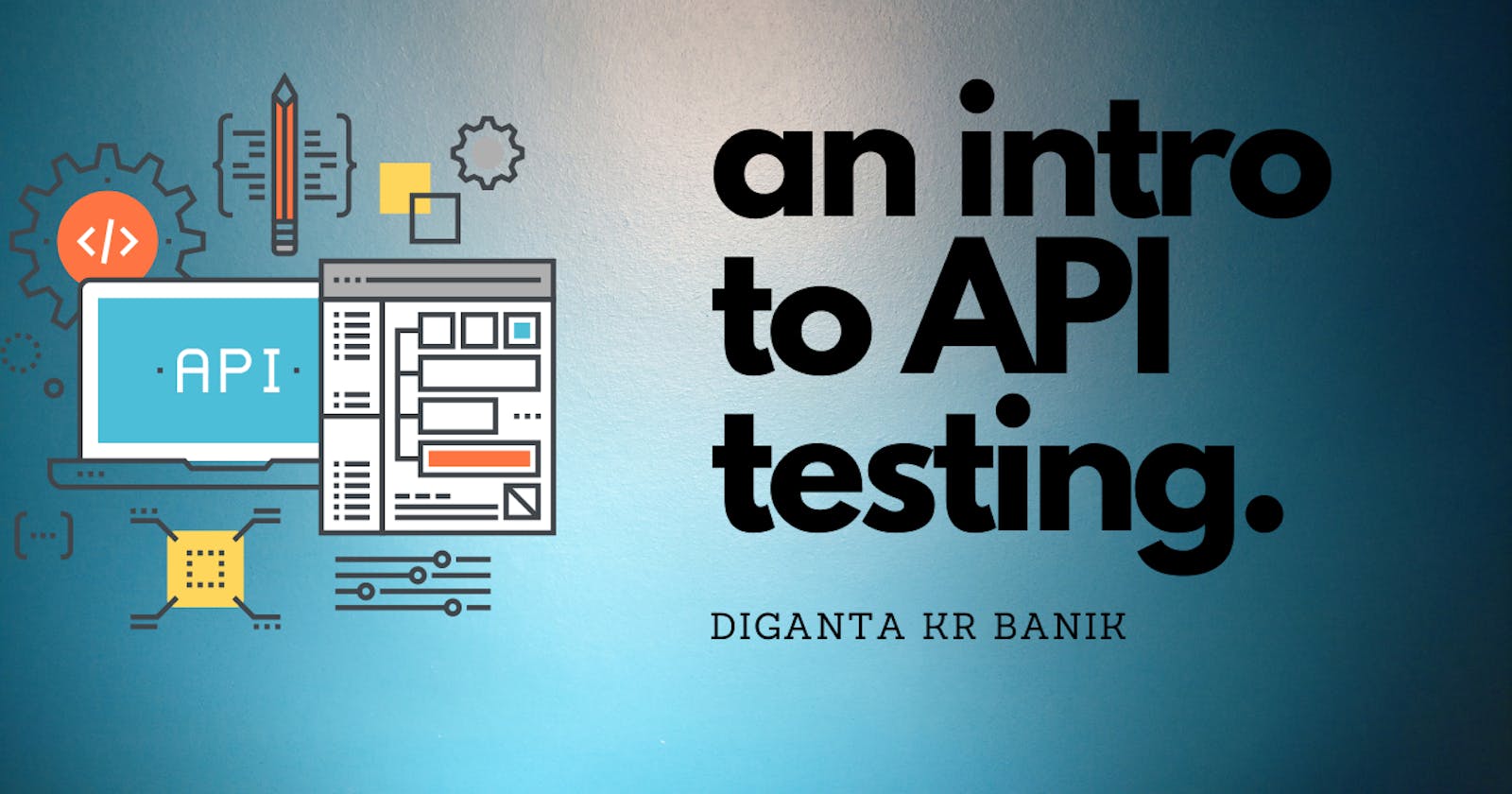Table of contents
First things first, what exactly is an API? An API stands for Application Programming Interface. Think you are in a restaurant. See the waiters? Well, that's what an API can be considered as in the case of software development.
The jargon definition for an API is that it is a set of rules and protocols that specifies how software components should interact with each other. It acts as an intermediary between different software systems, allowing them to communicate with each other and share data and functionality. So all in all, APIs help bridge the gap between various software systems available. Ever used the weather app on your phone? Well, the weather API is what gets the data to the app.
That's just a brief idea of what an API is. There are a lot of different types of API available for you to use. You can get a few such to be used in your next app from marketplaces like RapidAPI.
Now say you have made your API. What to do next? You either want to use it for an app you are making yourself or may just make the API public so that people can use your API for themselves. But won't it be bad and sort of embarrassing if your API fails to get the job done? In other words, a trial run for your API is required, isn't it? Well, that is what API testing is! After the API has been made, you simply need to test it to make sure it gets the job done.
But How....?
There are different types of API testing ways. First of all, APIs can be manually tested where you give the required commands/requests to the API manually and then check the result for yourself. Tools like postman can help you make calls to your APIs and then you can check the results for yourself. Automated testing on the other hand involves using software tools to send requests to the API and get the responses verified. Now, these tools allow you to specify whether the requests need to be sent at regular intervals or whether to send them upon some change in logic (or may even be something else!). These tools then allow you to configure them to verify whether the requests are correct or not.
Well, Why?
API testing at its core involves testing the functionality, reliability, performance, and security of the API as well as the integration of the API with the application it's intended to be used for. It is an important part of the software development process as it will help ensure that your API works as it was intended to and is also reliable. This would provide a seamless experience and help people concentrate on their own logic instead of worrying about the malfunctioning of the API. It is also an important part of CI/CD as it helps ensure that APIs continue to function as intended when changes are made to the core application. It becomes important to ensure the smooth creation/updation of applications.
Now here are the types
Now let's see a brief overview of the different types of API testing that are out there.
Functional testing: This type of testing focuses on the functionality of the API, ensuring that it performs as expected and returns the correct output for a given request.
Load testing: This type of testing focuses on the performance of your API when it is subjected to 'load' i.e. when it is bombarded with a lot of requests. It helps identify any bottlenecks or performance issues when a high volume of requests is made.
Security testing: This type of testing focuses on the security aspect of the API, including testing for vulnerabilities such as SQL injection, cross-site scripting (XSS) etc.
Compatibility testing: This type of testing ensures that the API is compatible with the different devices, operating systems, browsers, and software that it may be used with.
Usability testing: This type of testing focuses on the usability of the API, including testing for user-friendliness, ease of use and other aspects.
Performance testing: This type of testing ensures the performance of the API on factors like resource management, response time etc.
APIs can be subjected to unit testing, integration testing or system testing. Unit testing focuses on unit levels of API i.e. each functionality while integration testing, you would test the API as a whole. System testing refers to testing the end-to-end functionality of the API.
Conclusion
In the end, testing our API is essential! You would want to provide the best experience to the people who use your APIs and one way to ensure that is to test it! If you want a tool to generate test files and data mocks from API calls then you can use Keploy.
Do let me know your views below!
Do connect with me on Twitter and LinkedIn! Thank You for reading this!
